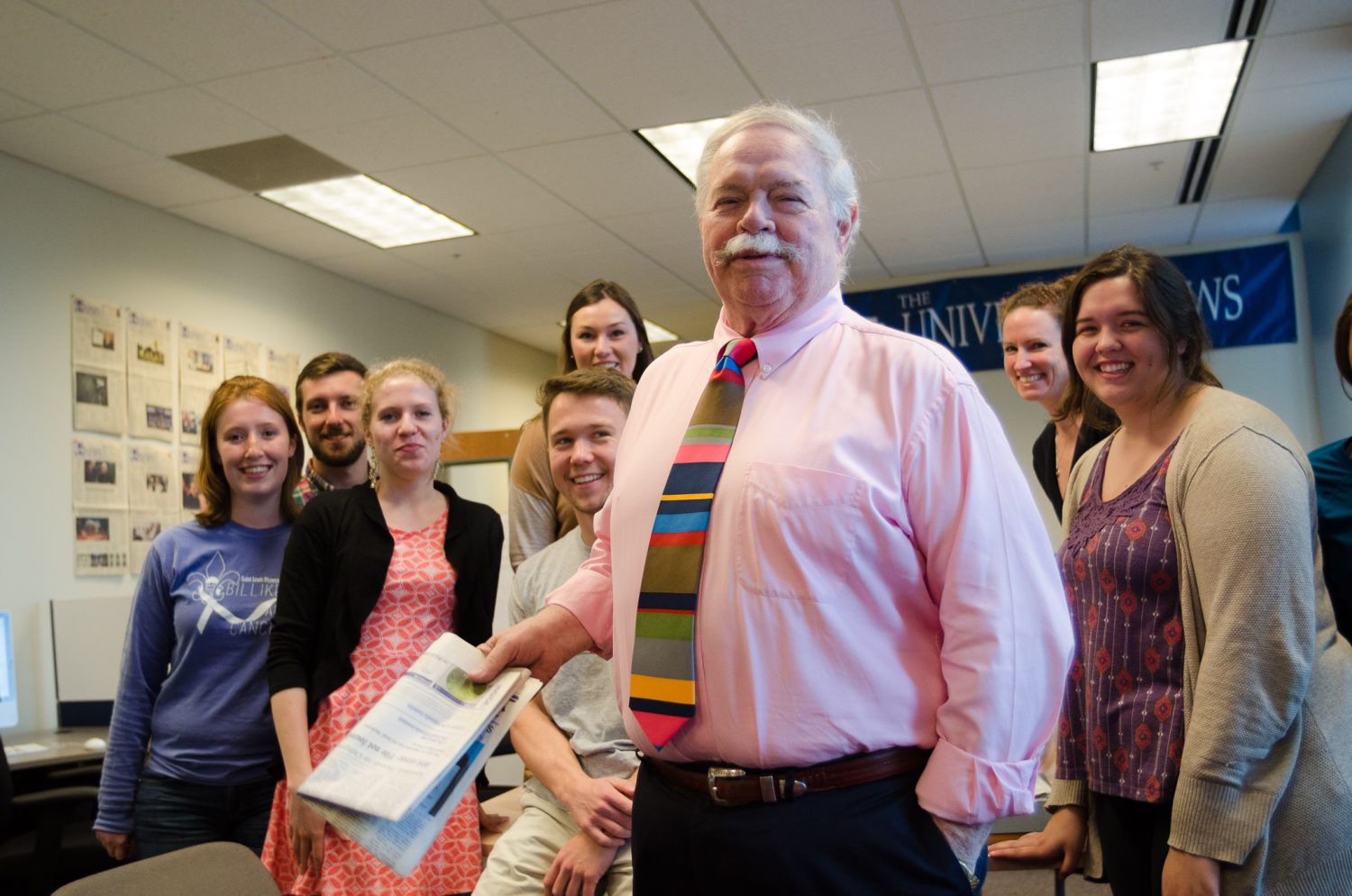The sounds of jazz are intriguing and mysterious; only certain people can relish the sweet sound and understand the true nature of the music. Miles Davis knew what jazz was all about and-just like the music he made popular-Davis was mysterious and intriguing. To celebrate the 75th anniversary of his birth in the St. Louis area, the Missouri Historical Society presents-Miles: A Miles Davis Retrospective.
The exhibit details what made Miles Davis so popular and why the world of music owes so much to “the man with the horn.” It opened this past May and runs until February of 2002.
Items on display include some of his instruments, clothing and artwork.
Thanks to stereo headphones and a portable digital audio tour, visitors can experience not only the sounds of his music, but also Davis’ own words along with commentary from the people he played with.
The show also chronicles the history of East St. Louis along with Davis’ life-story. It starts with the origins of the city then moves on to the African-American migration North.
It also explores the economic problems that have plagued the area, giving the visitors a sociology lesson along the way.
Miles Davis III, born in Alton on May 26, 1926, came to East St. Louis with his family the following year. He idolized his father but knew that the creativity that made Davis a household name came from his mother.
At the age of 9, Davis had fallen in love with the trumpet and knew that music was his life. After music lessons and a spot in the school marching band Davis joined his first group: Eddie Randle’s Blue Devils Band.
“I used to carry my horn every place we went, because I figured I might get a chance to play,” Davis remarked about his early years.
Davis’ first big break came in July of 1944, when the Eckstine Band came to the area with Dizzy Gillespie and Charlie Parker. When trumpet player Buddy Anderson fell ill, Davis was asked to fill in. From then on, people no longer called him Miles Davis III; he was simply known as “Miles.”
Davis’ love of music would take him to New York, leaving his beloved East St. Louis behind. He went to Julliard for a year, but he believed that they were prejudiced against black music, so he left. This would not be the last time Miles encountered racism.
He continued to work at developing his style and joined Charlie Parker’s band. It was in this setting that Davis first started battling heroin.
Davis’ revolutionized jazz with his Birth of Cool recordings. The sound that Davis wanted was the range of big band, in the intimacy of a small group. The recordings became an instant hit. Instead of moving up, Davis spiraled down thanks to his heroin addiction. Unable to kick the habit, Davis returned home. After a brief rest and some help from friends Davis returned to music.
It seems that all of Davis’ music was affected by his personal life. He battled drugs for years, and his numerous marriages and affairs did not help.
Through it all he continued to come out on top, and every time a new sound for jazz was needed, Davis created it.
Davis ushered jazz into every new decade whether it was the hard bop in the `50s, the fine acoustic albums in the late `60s, the use of elements of rock and funk in the `70s or the jazzy pop in the `80s. Davis changed along with the music.
The suits gave way to the elaborate outfits, the neatly trimmed hair to the long and messy style but no matter what it was still the same cool dark silhouette on stage that hardly ever spoke a word.
Davis passed away on Sept. 28 1991, but the music that he created and the sound he helped inspire are alive and well. Take an opportunity to learn about one of the greatest musicians of all time, but don’t expect to solve the mystery of “Miles,” because Davis already explained it: “If you understood everything I said, then you’d be me.”



